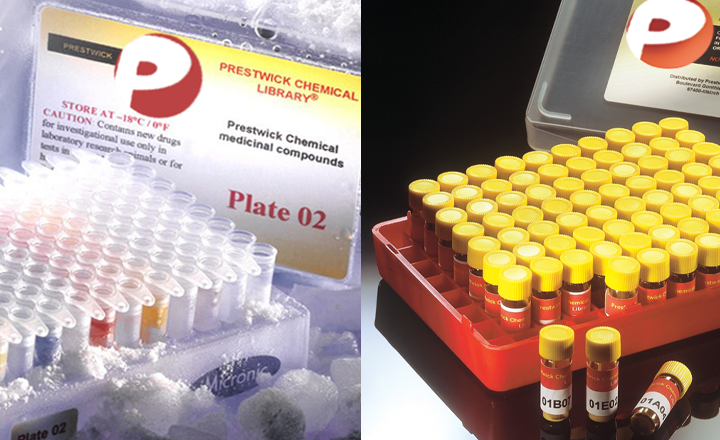Cytochrome P450 2C epoxygenases mediate photochemical stress-induced death of photoreceptors
Chang Q, Berdyshev E, Cao D, Bogaard JD, White JJ, Chen S, Shah R, Mu W, Grantner R, Bettis S, Grassi MA
Journal of Biological Chemistry - vol. 289 8337-8352 (2014)
Journal of Biological Chemistry
Degenerative loss of photoreceptors occurs in inherited and age-related retinal degenerative diseases. Chemical screen facilitates development of new testing routes for neuroprotection and mechanistic investigation. Herein, we conducted a mouse-derived photoreceptor (661W cells)-based high throughput screen of the FDA-approved Prestwick drug library to identify putative cytoprotective compounds against light-induced, synthetic visual chromophore-precipitated cell death. Different classes of hit compounds were identified, some of which target to known genes or pathways pathologically associated with retinitis pigmentosa. Sulfaphenazole (SFZ), a selective inhibitor of human cytochrome P450 (CYP) 2C9 isozyme, was identified as a novel and leading cytoprotective compound. Expression of CYP2C proteins was induced by light. Gene-targeted knockdown of CYP2C55, the homologous gene of CYP2C9, demonstrated viability rescue to light-induced cell death while stable expression of functional CYP2C9-GFP fusion protein further exacerbated light-induced cell death. Mechanistically, SFZ inhibited light-induced necrosis and mitochondrial stress-initiated apoptosis. Light elicited calcium influx, which was mitigated by SFZ. Light provoked release of arachidonic acid (AA) from membrane phospholipids and production of non-epoxyeicosatrienoic acid (EET) metabolites. Administration of SFZ further stimulated the production of non-EET metabolites, suggesting a metabolic shift of AA under inhibition of the CYP2C pathway. Together, our findings indicate that CYP 2C genes play a direct causative role in photochemical stress-induced death of photoreceptors and suggest that the CYP monooxygenase system is a risk factor for retinal photo damage, especially in individuals with Stargardt disease or age-related macular degeneration that deposit condensation products of retinoids.


